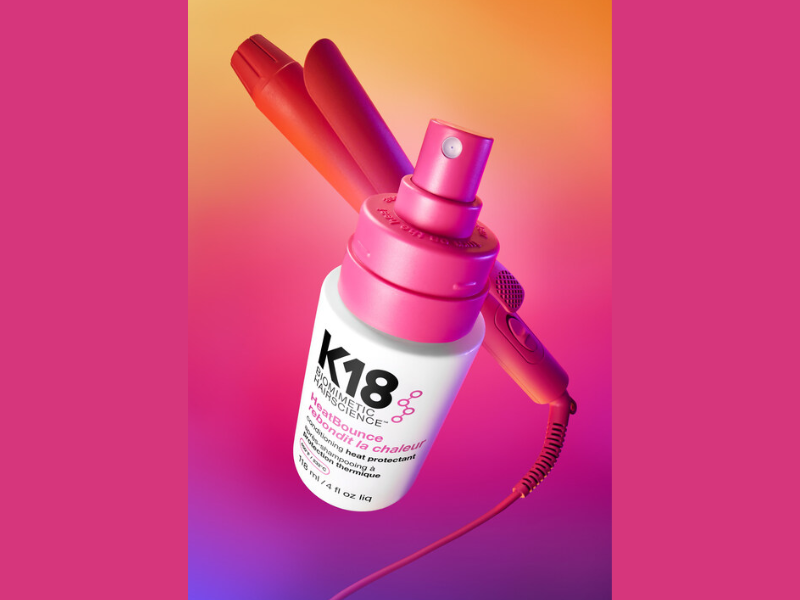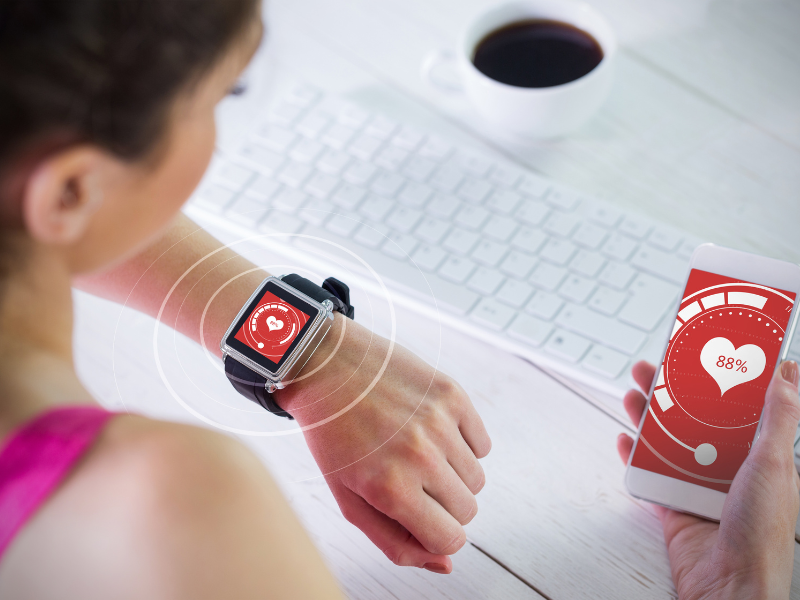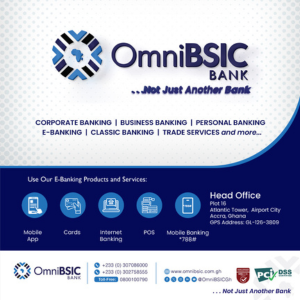Health fitness specialists throughout the world have discovered these new developing trends, instead of making decisions based on the newest exercise infomercials found on television, social media, or the next hottest celebrity promoting a product. Along with COVID-19-related trends that first surfaced in 2021 and persisted in 2022, these trends also recognise some new developing patterns and continue to validate previously discovered trends.
1. Wearable Technology. Wearable technology includes heart rate monitors, smart watches, activity trackers, GPS tracking devices, and fitness trackers that can track heart rate, calories burned, sitting time, sleep quality, and a variety of other metrics. Since its debut, wearable technology has been the most popular trend. These gadgets may track a variety of data in addition to steps and heart rate, including body temperature, calories, sitting time, sleep duration, and much more. The accuracy of wearable technology was initially a concern, but these problems now appear to be solved. Blood pressure, oxygen saturation, body temperature, respiration rate, and ECG are among the new advancements.
2. Outdoor Activities. This trend enables health and fitness professionals to provide more outside activities including guided hikes, rides, and group walks. Along with ECO challenges like stand-up paddle boarding, kayaking, mountain biking, and backcountry trekking, activities might be brief events, daylong events, or scheduled multi-day expeditions. Recently, more outdoor pursuits have gained popularity. Participants congregate with a selected leader generally in a local park, hiking area, or bike track.
3. High-Intensity Interval Training (HIIT). These exercise regimens frequently alternate periods of high-intensity activity (heart rates exceeding 80% of maximum) with rest intervals. A range of health benefits are observed from these high-intensity interval training. Dumbbells, barbells, running, cycling, using one’s own body weight, and stair climbing are just a few examples of the several HIIT styles.
4. Employing Certified Fitness Professionals. The significance of selecting certified fitness and health specialists with degrees from authorised institutions further boosts our confidence of a guaranteed result. Employing certified fitness experts who have completed approved certification programmes and educational programmes have become increasingly popular in the urban as well as semi-urban youths.
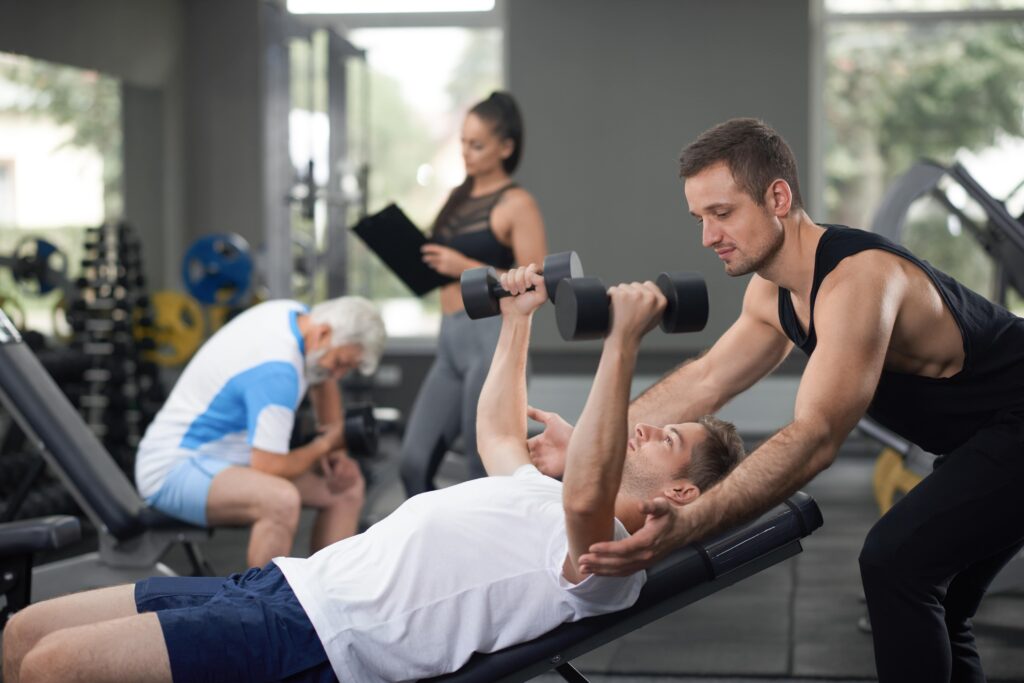
5. Personal Training. Personal training includes goal setting, fitness assessment, and exercise programming with a trainer in one-on-one settings. Personal trainers provide exercise technique instruction, monitor improvement, and advice workouts based on each client encounter and also based on the client’s progress. One-on-one training continues to be a strong trend as the profession of personal training becomes more accessible online, in health clubs, in the home, and in work sites. Personal training includes fitness testing and goal setting with the trainer while collaborating one-on-one with a client to prescribe workouts specific to his or her individual needs and goals.
6. Core Training. This trend includes the kind of training that emphasizes on the conditioning of the stabilizing muscles of the trunk, abdomen, and back. Core training uses stability balls, half-ball balance trainers, wobble boards, foam rollers, body weight, and free weights. Exercising the core muscles improves the overall stability of the trunk and transfers that to the extremities, enabling the individual to meet the demands of activities of daily living and for the performance of various sports that require strength, speed, and agility.
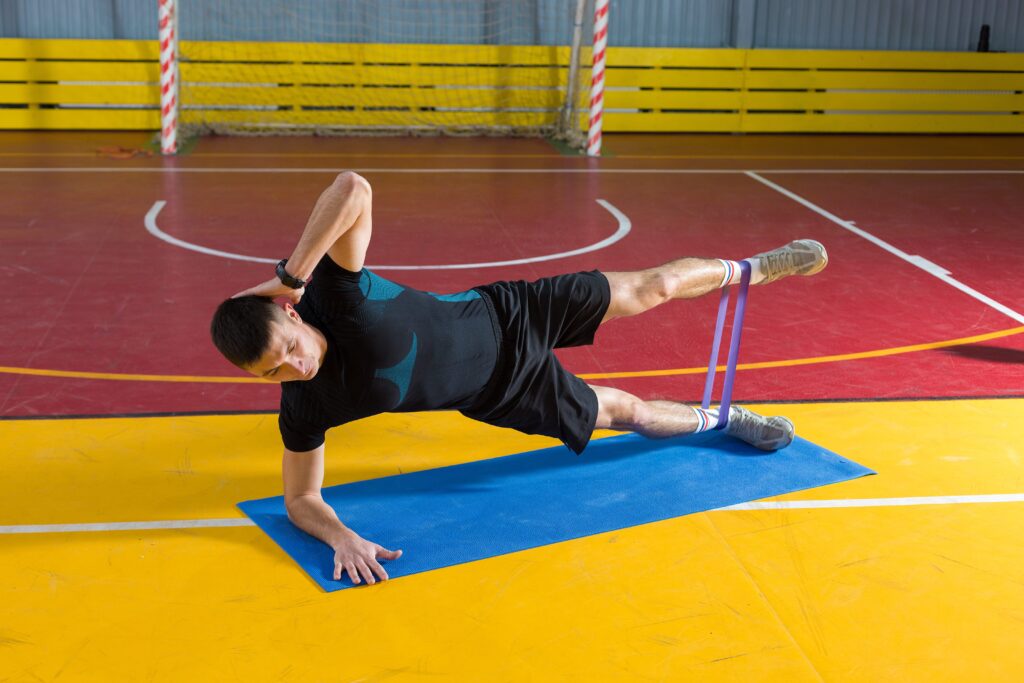
7. Home Exercise Gyms. Home exercise gyms includes equipments such as resistance bands, free weights, cardio equipment, or many other fitness options. They can be solo or family events and self-guided or instructor-led through online classes. This trend was a popular alternative over going to a gym during the COVID-19 quarantine periods. Home gyms can use minimal equipment or expensive treadmills and bikes. As the world emerges from the isolation imposed by the COVID-19 pandemic, home gym manufacturers will need to make major adjustments, including lowering the price of equipment, to convince consumers that home gyms are still a better option.
8. Exercise is Medicine. Exercise is Medicine (EIM) is a global health initiative that encourages physicians and other health care providers to include physical activity assessment and treatment as a standard of care when designing a treatment plan. Exercise is Medicine recommends physicians to refer patients to evidence-based exercise programs and qualified health and fitness professionals. In addition, EIM recognizes health and fitness professionals as part of the healthcare team in their local communities.
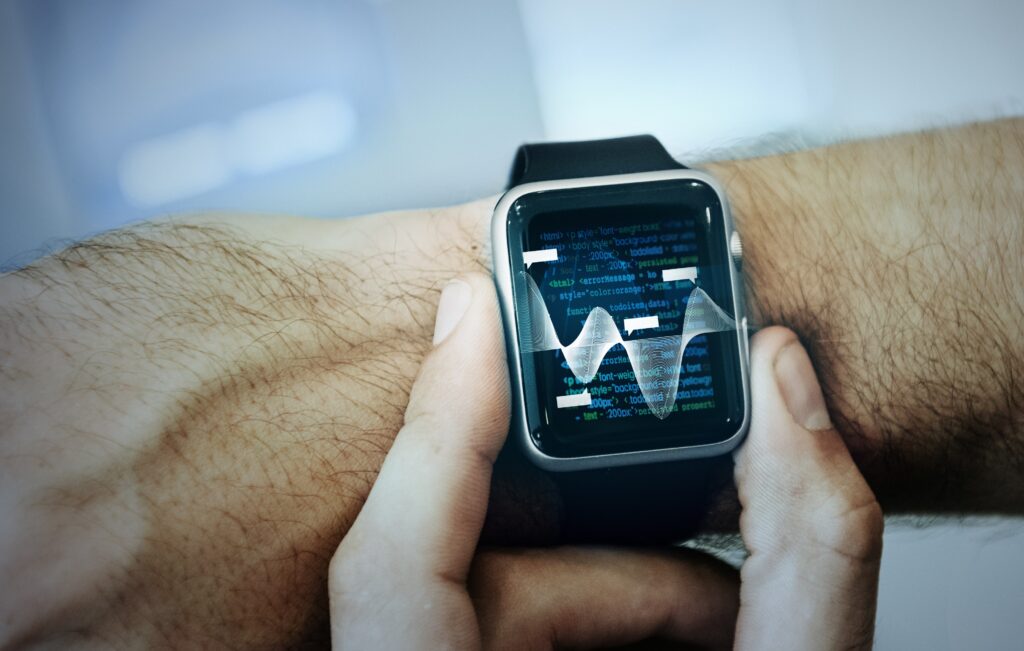
9. Lifestyle Medicine. Healthy habits are encouraged by lifestyle medicine as the cornerstone of medical treatment, disease prevention, and health promotion. Target patient behaviours can include things like quitting smoking, improving diet, boosting physical exercise, reducing stress, and promoting social connectedness, among others. The evidence-based practice of lifestyle medicine involves helping people and their families develop and maintain healthy behaviours that have an impact on their health and quality of life.
10. Yoga. Yoga can be practised alone, with others, with or without a live instructor, and in different styles like power, hot, or restorative yoga. Yoga certifications, instructional videos, books, and advanced practises are available for students of all skill levels, from beginners to experts. The practice of traditional yoga has evolved over time and is now offered as on-demand videos and books.

11. Licensure for Fitness Professionals. This pattern is in favour of allowing fitness experts like personal trainers, exercise physiologists, and clinical exercise physiologists to have licences. For instance, a person cannot identify themselves as a medical doctor, nurse, physical therapist, or dietician without possessing the required state government licences. The regulation of fitness experts is a current trend in the industry.
12. Health/Well-Being Coaching. This style of coaching involves working one-on-one or occasionally in a small group, with the coach offering support, goal-setting, direction, and encouragement. The client’s values, needs, vision, and short- and long-term goals are the focus of the health/wellness coach as they employ behaviour modification techniques to direct intervention efforts. This trend involves incorporating behavioural science into initiatives for lifestyle medicine and health promotion.
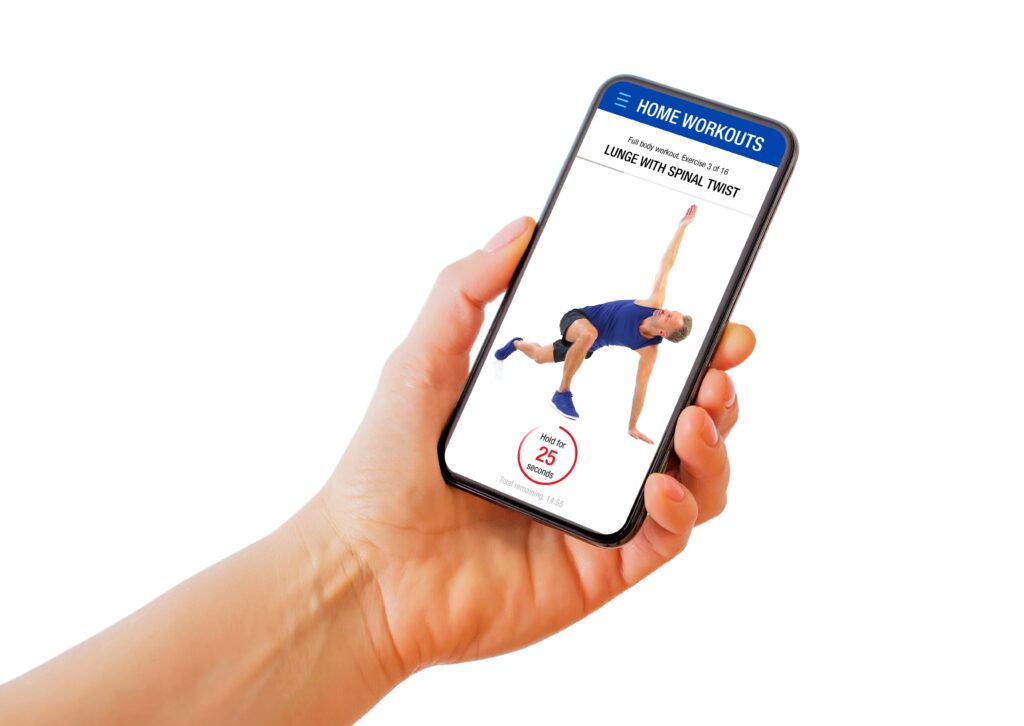
13. Mobile Exercise Apps. These apps, which work with the majority of mobile devices, can give users aural and visual cues to get up and move around after being inactive or when to start and finish exercising. These apps are created by a wide range of businesses and brands. These apps are available for mobile devices such as iOS and Android devices and can track progress over time in addition to hundreds of other features.
Blog by Amith Raj S
Interested to gain more information on the health and fitness industry? Then please read –
Top 10 trends in the global spa industry
Reviv Global and Ten Health & Fitness partnership to provide wellness offerings



